theater in japan
Theater in Japan: Four Oldest Locations to Visit!

Sophia Wasylinko
Posted on June 18, 2024
Share:
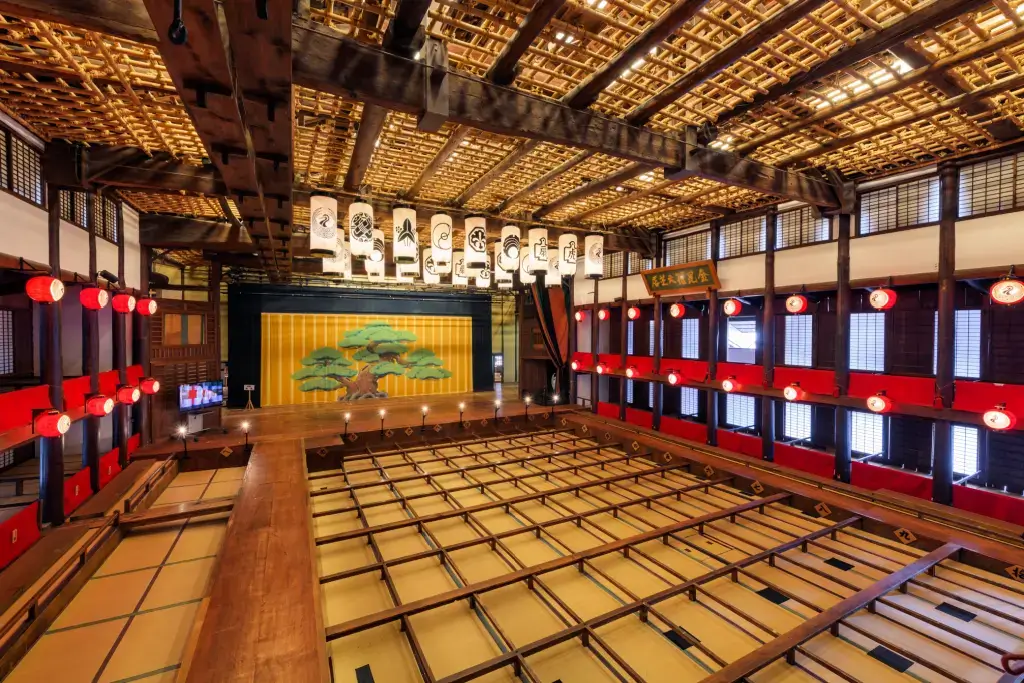
When it comes to theater, Japan has been richly blessed and recognized for its contributions. Kabuki, bunraku, noh theater, and other performing arts have been preserved and honed to the present day. Key to their successes are the buildings where the plays and films were performed or screened for the first time. Despite natural disasters, wars, and the passage of time, many original structures have survived until today. Here are four of the oldest theater locations to visit in Japan!
Kyoto Shijō Minamiza
Considered Japan’s oldest theater, Kyoto Shijō Minamiza was instrumental in developing kabuki theater. Dating back to the early 17th century, it was a style of dance drama by an all-female troupe led by former shrine maiden Izumo no Okuni. However, women were banned from performing soon after; while kabuki remains mostly all-male, some troupes have returned to using actresses for onnagata (female roles).

Kyoto Shijō Minamiza was built in 1929 and designated a Japanese Tangible Cultural Property in 1996. Combining traditional architecture with modern technology is the best place to watch a kabuki performance. This month’s program features “Akoya” (from “The War Chronicles at Dannoura”), starring renowned onnagata actor Bandō Tamasaburō V. The final performance is on June 26th.
Access: One minute from Gion-shijō Station or three minutes from Kyoto Kawaramachi Station by foot. It is also a seven-minute walk from the Shijō Kawaramachi bus stop
Takada Sekai-kan
Cinema lovers, mainly those interested in international and independent films, should visit Takada Sekai-kan in Joetsu, Niigata Prefecture. Operating since 1911, Takada Sekai-kan was initially a playhouse called Takadaza, changing its name five years later. Despite numerous challenges, including financial issues and much-needed restoration, the movie theater has survived and been designated a Tangible Cultural Property.
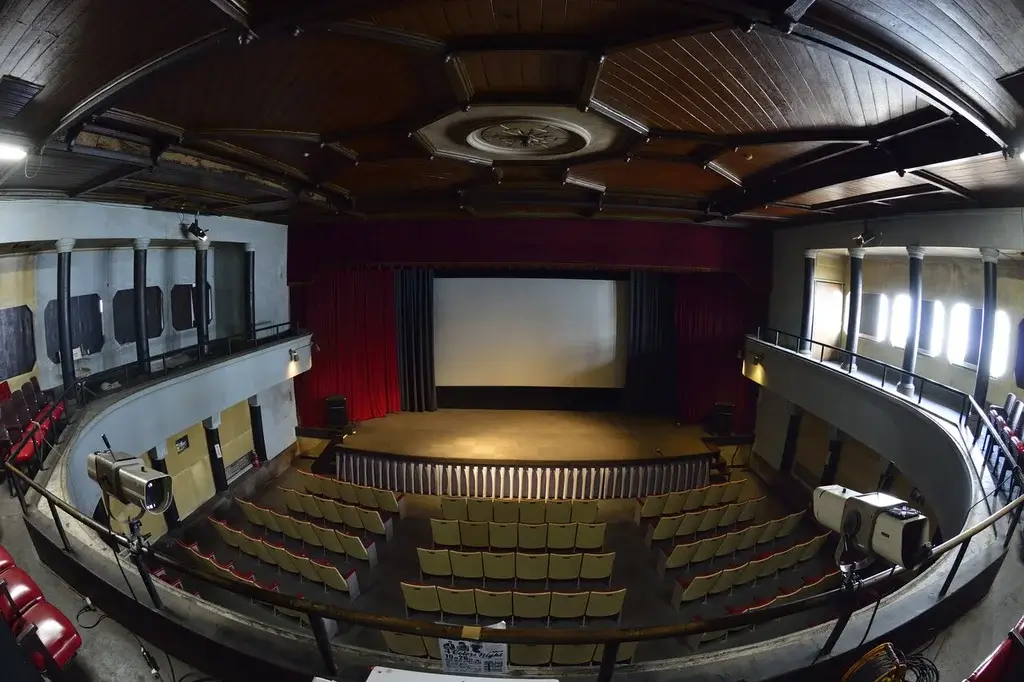
Takada Sekai-kan screens movies in different genres, including American documentaries, Bollywood epics, and anime feature films. One of the Japanese films playing in June is the documentary Kazueteki, which runs until the 28th. Tickets are discounted after 5 pm on weekdays and all day on Wednesdays. A tour without a movie costs 500 yen ($3 USD), while a tour with a movie costs 300 JPY ($2 USD).
Access: A 10-minute walk from Takada Station
Are you looking for amazing snacks while checking out old theaters? Sakuraco delivers traditional Japanese snacks, teas, and sweets from local Japanese makers directly to your door so you can enjoy the latest treats directly from Japan!
Tonda Puppet Hall
We turn to another traditional Japanese art form: bunraku. Also founded in the Edo period (1603-1868), it quickly spread from Osaka to other cities, including Nagahama in Shiga Prefecture. The seeds for Tonda Ningyōkan (Tonda Puppet Hall) were sown around 1835 when traveling performers left behind their equipment during a snowstorm. The villagers trained in bunraku and formed the Tonda Ningyō (Tonda Puppet Troupe), still active today.
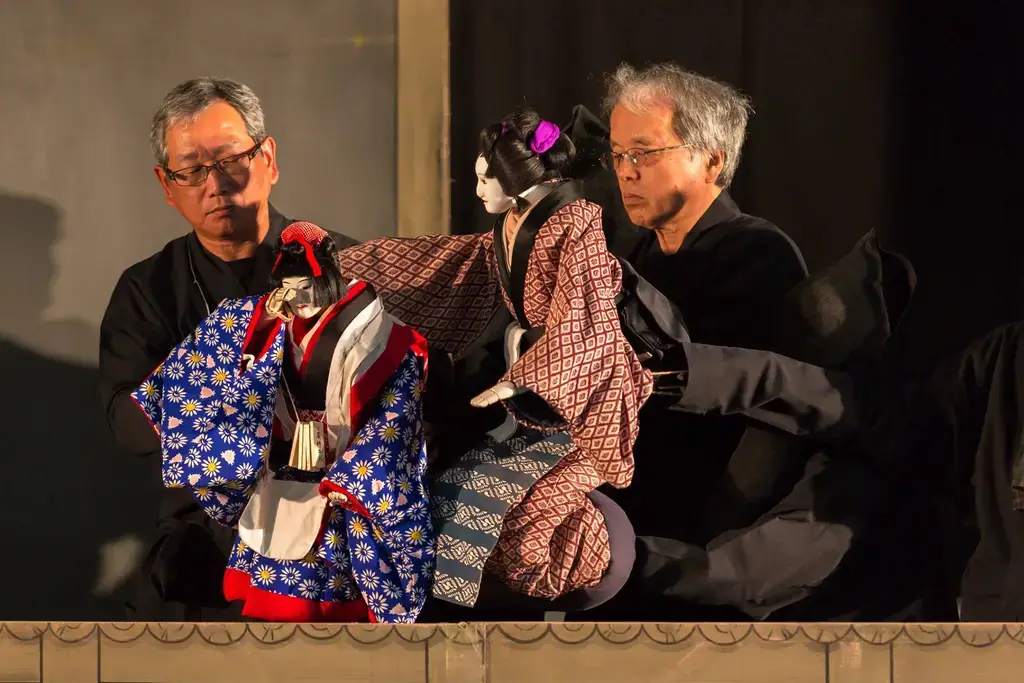
Built-in 1991, the Tonda Puppet Hall hosts highly acclaimed bunraku performances, workshops, and cultural exchanges with international students. The building also doubles as a museum; due to a fire that destroyed the national theater for bunraku in 1926, the Tonda Puppet Hall now contains some of the oldest bunraku heads in Japan.
Access: Visitors should use a taxi (15 minutes from JR Biwako Line Nagahama Station) or a car
Tokyo Kabukiza
We end with another kabuki theater, this time in Ginza, Tokyo. Also known as Kabukiza Theater, Tokyo Kabukiza was founded in 1889 by journalist and playwright Fukuchi Gen’ichirō, who often collaborated with famed actor Ichikawa Danjūrō IX. The building has been destroyed several times, including by an electrical fire and bombing during World War II, with its final reconstruction in 2013.
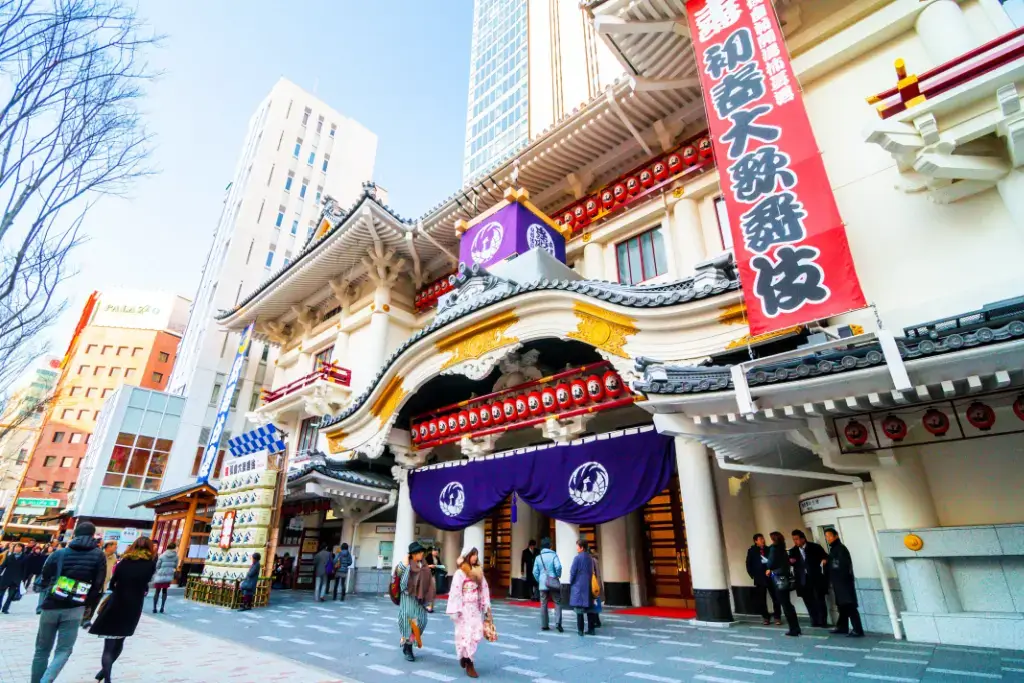
Performances run nearly every day, featuring a variety of Japanese drama and dance numbers. There is a restaurant, a souvenir shop, and an interactive gallery. The June program runs until the 24th and includes an excerpt from “Exemplary Tales of Womanhood at Mr. Imo and Mt. Se,” a style of kabuki called jidai-mono (historical play). Non-Japanese attendants can rent a translation device for 1500 JPY or $10 USD (English only).
Access: Directly in front of Exit 3 of Higashi Ginza Station or a five-minute walk from Ginza Station via Exit A6
Why should I go to a historic theater in Japan?
Visiting a historic theater introduces tourists to the various forms of Japanese performing arts. With accomplished actors, well-preserved costumes and props, and engaging stories, each performance fosters an appreciation for Japanese theater. It is also a chance to contribute to Japanese cultural initiatives. Whether a film screening or a noh play performance, each visit supports independent and traditional arts. It is essential to recommend these theaters to fellow travelers.
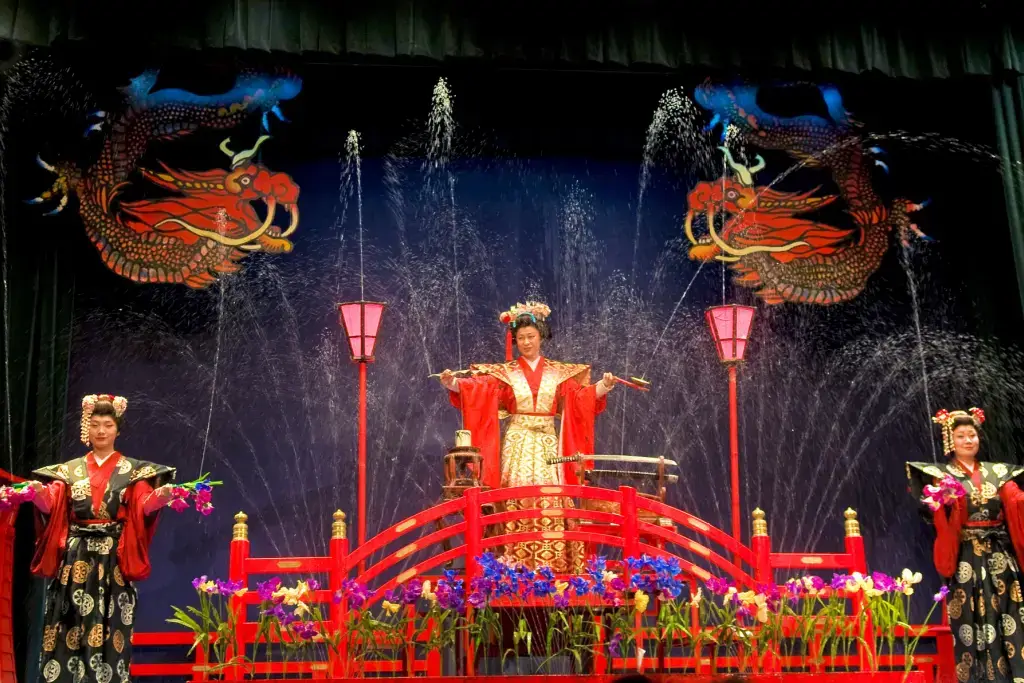
Finally, these places offer a chance to step back in time. The buildings still have their original styles, and the performances capture centuries-old magic. This electrifying experience will linger with theater-goers long after the curtain drops. Have you visited any of these Japanese theaters? Share your experiences in the comments.

Discover authentic flavors with Sakuraco
Get Sakuraco 

Discover authentic flavors with Sakuraco
Get Sakuraco 
Related Articles

Tokyo Gardens: Five Beautiful Traditional Japanese Gardens to Visit
Tokyo gardens offer a relaxing escape for visitors looking to get a breath of fresh air. However, Tokyo has more than just the typical gardens we see in the West. Let’s explore five traditional Japanese gardens and what makes them unique!

Japan Cruise Spotlight: The Ultimate Guide to Abashiri Icebreaker!
Japan offers a diverse range of cruise experiences, taking in various stunning landscapes. But, in the chilly grip of winter, some voyages pull in adventurers from around the globe. At the forefront of these wintry trips is the Abashiri Icebreaker Cruise in Hokkaido.
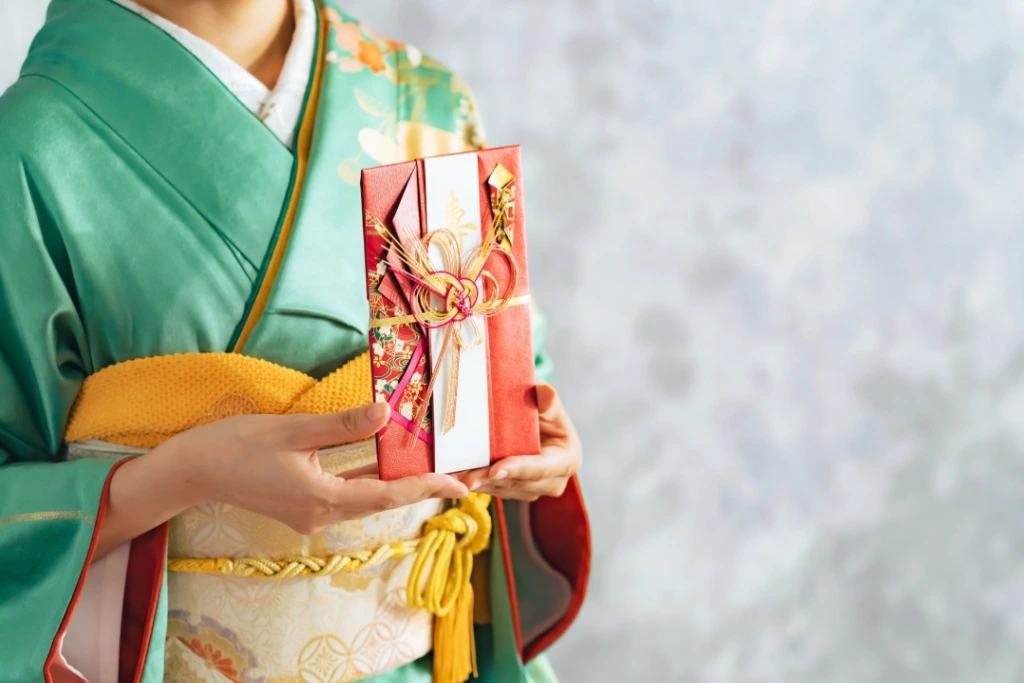
Money Envelopes in Japan: Exploring the World of Shugi Bukuro
Attending a Japanese wedding or celebratory event for the first time can be daunting, especially when it comes to gift-giving. Although it may seem complicated, we’ll break it down so that you have nothing to worry about.

Japanese Head Spa: What’s The Amazing Secret?
In Japan, self-care is deeply ingrained in culture, and among the many treatments gaining attention worldwide, the Japanese head spa stands out. Unlike regular shampoo treatments, head spas combine deep cleansing, gentle massage, and aromatherapy to refresh both the scalp and the mind.



